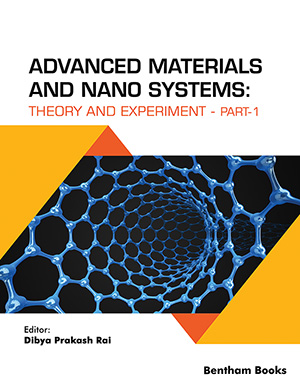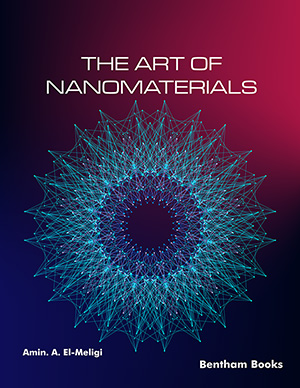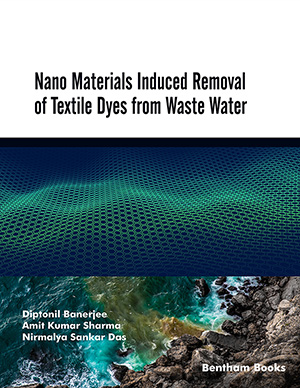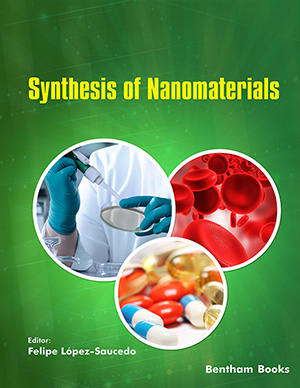Abstract
Aluminum-based metal matrix composites (MMC) are widely used in
modern industries due to their lightweight, high strength, and superior hardness. In this
study, silicon carbide (SiC) reinforced MMC has been fabricated using the stir casting
method. Die-sinking EDM of fabricated MMC was performed using a copper (Cu)
electrode. Experiments were carried out using the response surface methodology of
box-behnken design (BBD) (RSM). The response surface plot was used to do
parametric analysis on the effect of peak current (Ip
), gap voltage (Vg
), pulse-on-time
(Ton), and duty factor(τ) on material removal rate (MRR) and surface roughness (Ra)
using a second order regression model. The interaction effect of current with a pulse on
time and duty factor has a substantial effect on MRR, while the interaction of current
and voltage has a major impact on Ra, according to ANOVA. The increase of current
increases both MRR and Ra. In the case of pulse-on-time, the value of Ra begins to
decrease after 150 µs when the machining is performed at low voltage (40 V).
Keywords: ANOVA, EDM, MMC, MRR, RSM, Stir Casting, Surface Roughness.




















